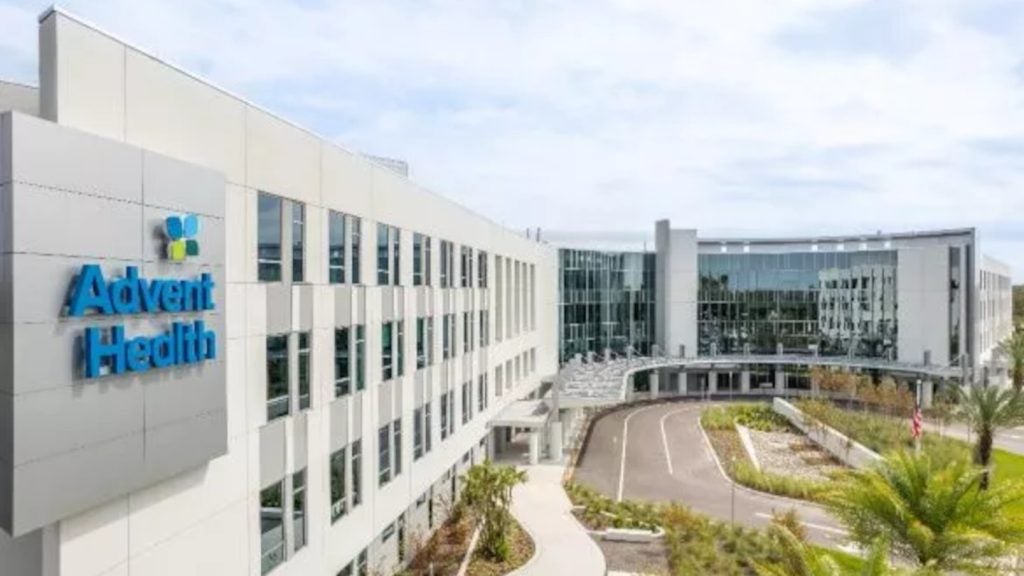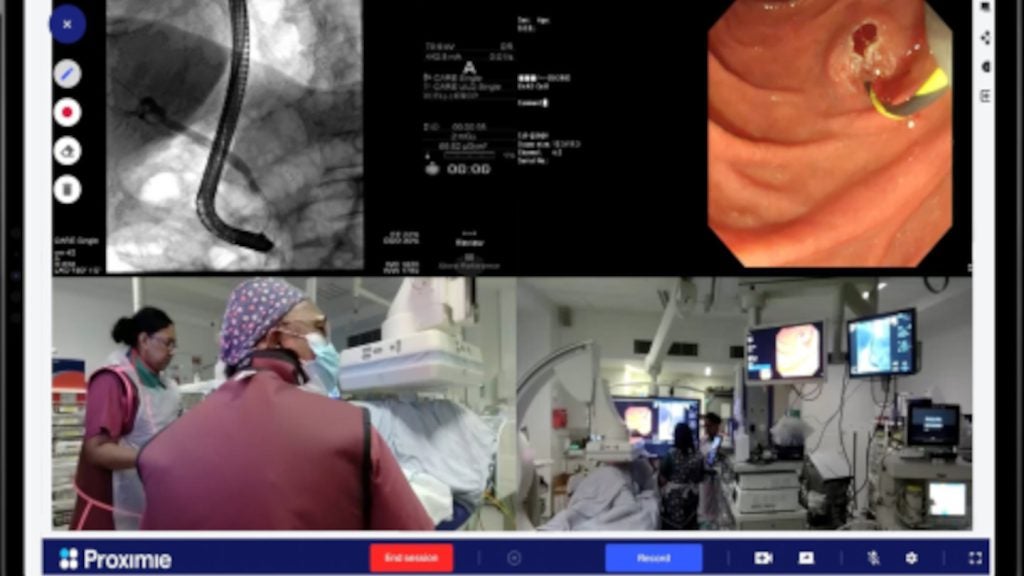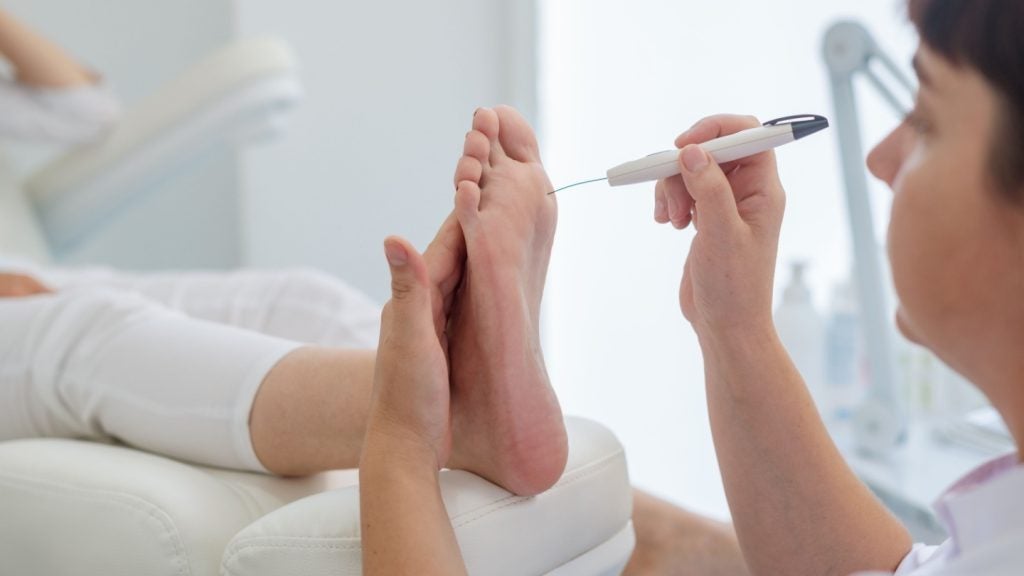
US-based healthcare centre Huntington Hospital has inducted nine Carestream DRX-Revolution Mobile X-ray Systems and retrofitted two existing portable systems with DRX Plus 3543C detectors and a small-format DRX 2530C detector for neonatal patients.
The imaging systems are expected to augment patient care in its emergency department, operating suites, intensive care unit and neonatal intensive care unit.
It is a high quality replacement of the existing portable DR imaging system used in the hospital.
Huntington Hospital radiology manager Ranilo Blasco said: “The DRX-Revolution systems deliver high-resolution images that can help our physicians quickly and accurately assess and treat acute care patients, as well as inpatients who require bedside exams.
“We standardised on these systems because of the platform’s innovative design and its ability to deliver excellent quality images as well as reliability and maneuverability.”
How well do you really know your competitors?
Access the most comprehensive Company Profiles on the market, powered by GlobalData. Save hours of research. Gain competitive edge.

Thank you!
Your download email will arrive shortly
Not ready to buy yet? Download a free sample
We are confident about the unique quality of our Company Profiles. However, we want you to make the most beneficial decision for your business, so we offer a free sample that you can download by submitting the below form
By GlobalDataThe DRX revolution Mobile X-ray Systems can capture more than 2,300 exams in a month in a busy emergency setting out of 150,000 imaging exams which the hospital handles in a year.
According to Blasco, the system enables the technologists in the operation suites to position the unit in such a way that the surgeons can see the images on the tube monitor or the console without leaving the patient.
Blasco further added: “Physicians use these images to help position tubes and lines for seriously ill or injured patients and to detect pneumothorax.
“Because the companion image is created from the initial image, we do not need to capture multiple X-ray exams of these patients.”
The DRX Plus detectors help achieve higher productivity, improved image quality and lower dose as well as its lesser weight and thin texture makes it easy to handle.
It can remain submerged in 1m of water for 30 minutes, which achieves IPX Level 7 rating for liquid resistance and the IEC standard 60529.
Among other functionalities, the detectors facilitate faster calibration time, boot time, preview time and full-resolution display time; on-detector calibration file storage enabling quicker deployment of detector on multiple systems; and increased battery life to deliver more images between battery changes.
Additionally, a battery hot swap allows a quick battery change without a reboot.
Image: Carestream DRX mobile imaging mobile installed in Huntington Hospital. Photo: courtesy of Business Wire.







